
- News
- Basics
- Products
- JP Job shop
- Exhibition
- Interview
- Statistic
- PR
- Download
- Special contents
Basics
June 16, 2022
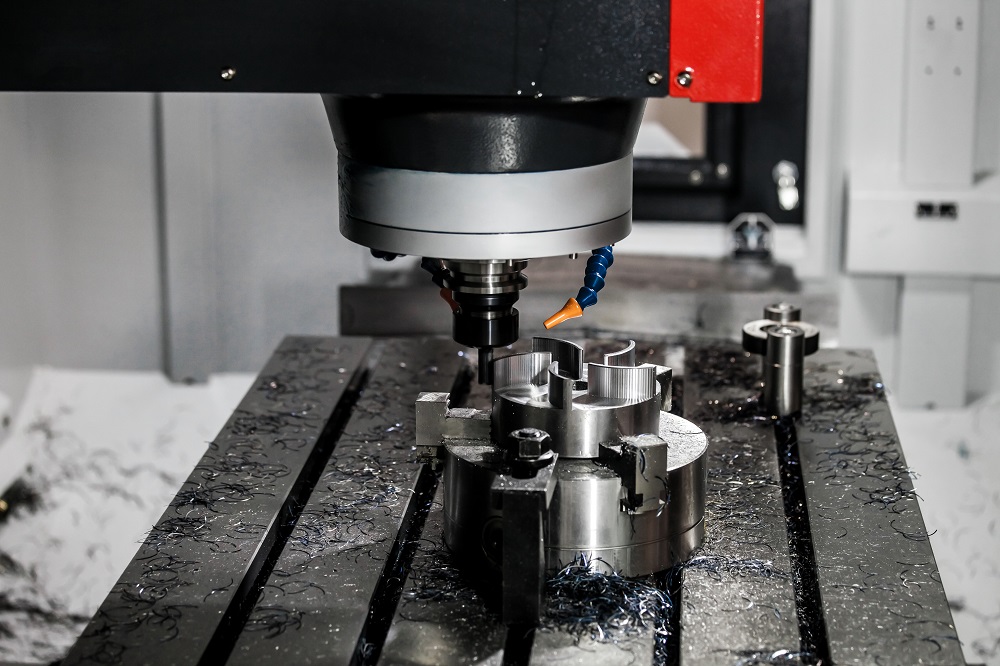
1. What are work holding devices?
2-1. Chuck
2-2. Lathe center
3. Holding devices for machining center (MC)
3-1. Machine vise
3-2. Rotary table
4. Holding devices for grinding machine
4-1. For cylindrical shaped workpiece
4-2. For plate, block material workpiece
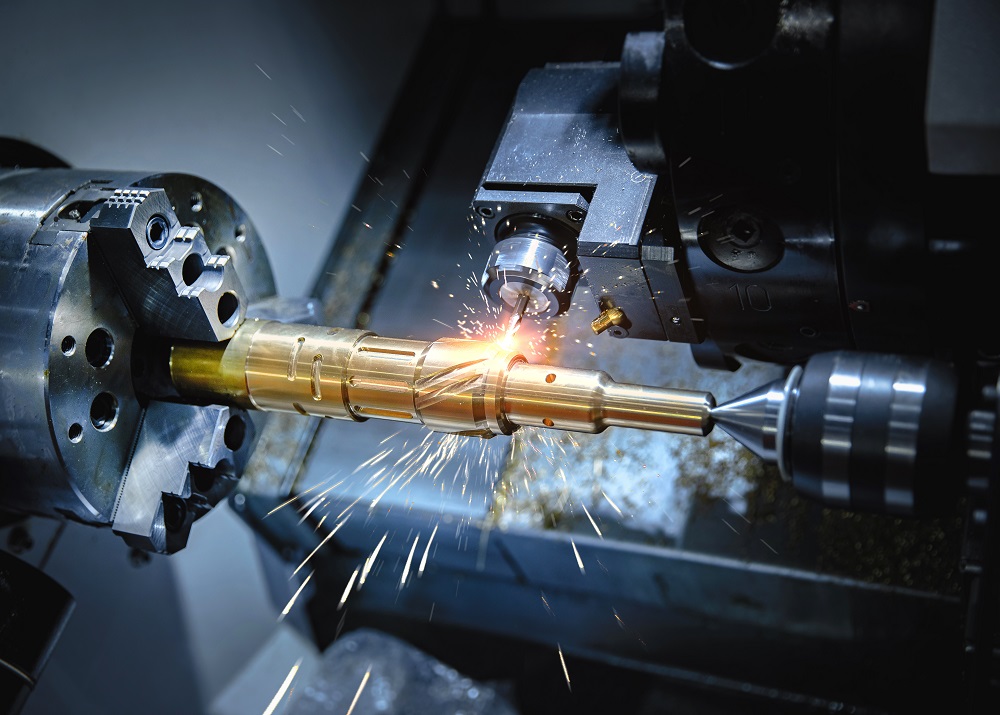
Key Points of work holding devices
・ Jigs are the most common type of work holding devices.
・ The most popular jigs for lathes are chucks.
・ Jigs for MCs are machine vises and rotary tables.
Work holding device is a general term for devices that attach and fix a workpiece to a machine tool. If the workpiece is not attached correctly, the machine will not be able to make the workpiece precisely. This is why work holding devices are essential peripheral devices.
Among work holding devices, jigs are the most well-known tool. Jigs are aids for attaching and fixing the workpiece to the machine tool and for correctly applying the cutting tool to the desired cutting point. There are various types of jigs.
There are two ways to set a workpiece on a lathe: using a “chuck” and/or using a “lathe center”.
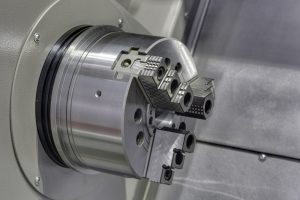 Generally, chucks are used to attach a workpiece to a lathe. Chucks are one of the types of jigs. A chuck is attached to the main spindle of a lathe and plays the role of transmitting the rotation of the spindle to the workpiece and of holding the workpiece tightly so that the workpiece, which is rotating at a high speed, does not fly away due to centrifugal force.
Generally, chucks are used to attach a workpiece to a lathe. Chucks are one of the types of jigs. A chuck is attached to the main spindle of a lathe and plays the role of transmitting the rotation of the spindle to the workpiece and of holding the workpiece tightly so that the workpiece, which is rotating at a high speed, does not fly away due to centrifugal force.
Chucks are widely used to hold cylindrical workpieces that are relatively short in length. When a long, narrow workpiece is set in the chuck, the center of the end face that is not gripped by the chuck must be supported by a device called a lathe center to prevent deflection (explained later).
Chucks commonly use jaws to hold the workpiece. There are a wide variety of chucks, distinguished by the number of jaws, structure, and drive system.
First, chucks are classified as 2-jaw, 3-jaw, and 4-jaw chucks according to the number of jaws. Generally, 3-jaw chucks are most commonly used. 2-jaw chucks have two jaws facing each other and are suitable for holding irregularly shaped workpieces, but the gripping force is not high. Four-jaw chucks can support a workpiece at four points, so they are suitable for holding a plate or block-shaped workpieces.
The architecture of the chuck can be divided into two types: the solid type and the hollow type, which has a through-hole in the center of the chuck and is hollow. The solid type is more rigid and suitable for heavy cutting, while the hollow type is lighter and suitable for high-speed rotation.
In terms of jaw drive systems, there are two main types: hand chucks and power chucks. There are also collet chucks that do not use jaws, instead using a part called a collet to grip cylindrical workpieces.
(a) Manual chuck
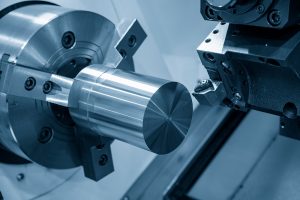 Manual chucks are chucks in which the jaws are opened and closed manually by using a special tool. There are two types of manual chucks: scroll chucks and independent-jaw chucks.
Manual chucks are chucks in which the jaws are opened and closed manually by using a special tool. There are two types of manual chucks: scroll chucks and independent-jaw chucks.
Manual chucks are chucks in which the jaws are opened and closed manually by using a special tool. There are two types of manual chucks: scroll chucks and independent-jaw chucks.
Scroll chucks are chucks in which each jaw moves simultaneously by turning the open/close screw on the side of the chuck. Since the jaws move simultaneously, the center point of the workpiece and the center of the chuck always coincide. The main advantage of this chuck is that it can be easily handled even by beginners. Most scroll chucks are of the 3-jaw type.
In the case of independent-jaw chucks, each jaw moves independently. For this type of chuck, 4-jawed chucks are the most common. Since each jaw moves individually, a certain level of skill is required to operate the independent-jaw chuck. However, it has the advantage of being able to grasp a variety of workpiece shapes.
(b) Power chuck
Power chucks are chucks that use hydraulic or pneumatic pressure to automatically open and close the jaws to grip the workpiece, and are widely used in processing sites. There are automatic bar feeders that enable continuous processing of bars, and oscillating chucks that can firmly hold even rough-surfaced workpieces.
(c) Collet chuck
Collet chucks are a type of chuck that uses a collet, a cylindrical part with multiple slits, to hold a workpiece. Since the collet holds the workpiece as if wrapping it, the force is dispersed and the workpiece will not be damaged. Collet chucks are used in lathes to hold workpieces and in machining centers (MC) to hold tools.
(d) Other chucks
There are special chucks designed for specific workpiece shapes or indexing chucks that can index to 90 degrees, 120 degrees, etc. while gripping the workpiece. Indexing means moving the rotary axis to the target angle precisely.
Chucks that are compatible with automation include the automatic jaw changer (AJC) system, which can automatically change jaws, and the automatic chuck changer (ACC) system, which can automatically change the chuck itself.
When machining a relatively long workpiece with a small diameter, the workpiece will not be chucked, but supported by a device called a lathe center on both sides of the workpiece. The lathe center is attached to both the headstock and the tailstock. Since the lathe center supports the end faces of the workpiece, the workpiece can be machined to the very edge of both ends.
Since the rotation of the main spindle is not transmitted to the workpiece by just attaching both ends to the lathe center, a driving plate or work carry is used to transmit the rotation of the main spindle to the workpiece. This method can hold thin or rectangular-shaped workpieces that cannot be gripped by the chuck.
The workpieces are attached to and fixed on tables of MC. Machine vises and rotary tables are common examples of jigs for MC.
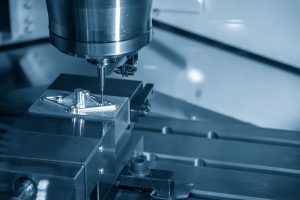
A machine vise is a jig that is attached to a table and holds a workpiece in place. The workpiece is firmly gripped with metal parts. Hydraulic or pneumatic pressure is used to fasten the workpiece.
If multiple machine vises are arranged in a horizontal line, multiple workpieces can be machined at one time. Machine vises can be used in combination to process multiple workpieces at once, increasing productivity.
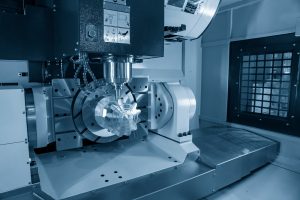
Rotary tables are used to rotate a workpiece; there are also NC rotary tables that can control rotation with NC programs. They are mainly used to index workpieces. Rotary tables are required to have a high-speed, high-precision indexing function, gripping capability and rigidity suited to the material of the workpiece and machining conditions, and durability to maintain precision and functionality over long-term operation.
There are three main drive mechanisms for rotary tables: worm drive, roller gear cam, and direct-drive.
The worm drive is highly rigid and suitable for heavy-duty cutting, but it is not suitable for high-speed machining.
Roller gear cam is a mechanism that uses rollers to engage the gears. Unlike worm gear drive systems, roller gear cams have no backlash, which can cause noise, vibration, inaccuracy, or gear breakage, and thus high-precision indexing is possible.
The direct-drive mechanism transmits the motor rotation directly to the rotary table without using worm drives or other mechanisms. It is unaffected by backlash and enables high-speed, high-precision indexing.
For cylindrical grinding machines, which grind the periphery and end faces of cylindrical workpieces, the method of gripping the workpiece is similar to lathes. Thus, like lathes, they mainly use chucks and centers.
However, centerless grinding machines, which are more powerful for mass-production machining, do not use jigs or other fixtures. In centerless grinders, the workpiece is supported and machined at three points: the grindstone, the supporting plate, and the regulating wheel.
Surface grinding machines that grind the flat surfaces of plate or block materials often use a magnetic chuck that uses electromagnets or permanent magnets to lock the workpiece in place.
Magnetic chucks can firmly fix workpieces made of iron, nickel, or other ferromagnetic materials that easily stick to magnets.
To hold workpieces that do not stick to magnets, such as aluminum, a vacuum chuck is used, which uses vacuum force to grab the workpiece.